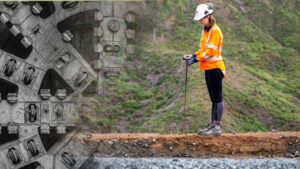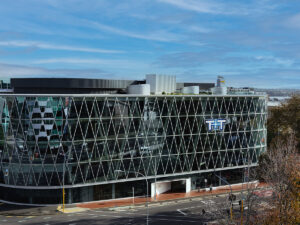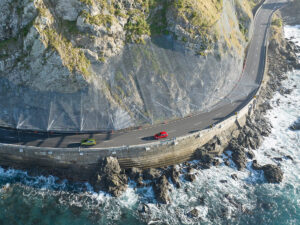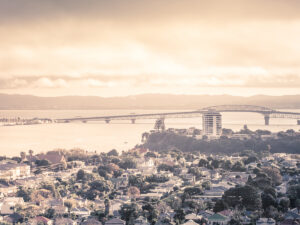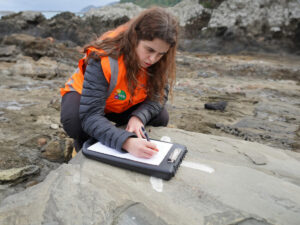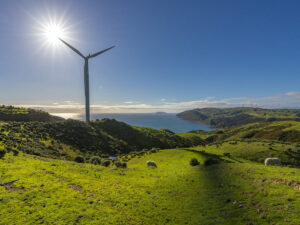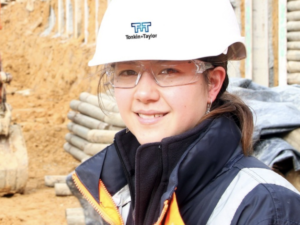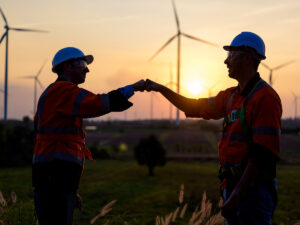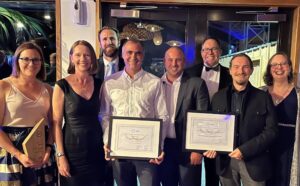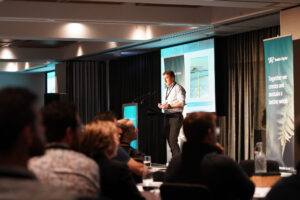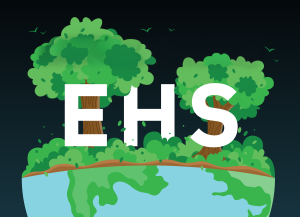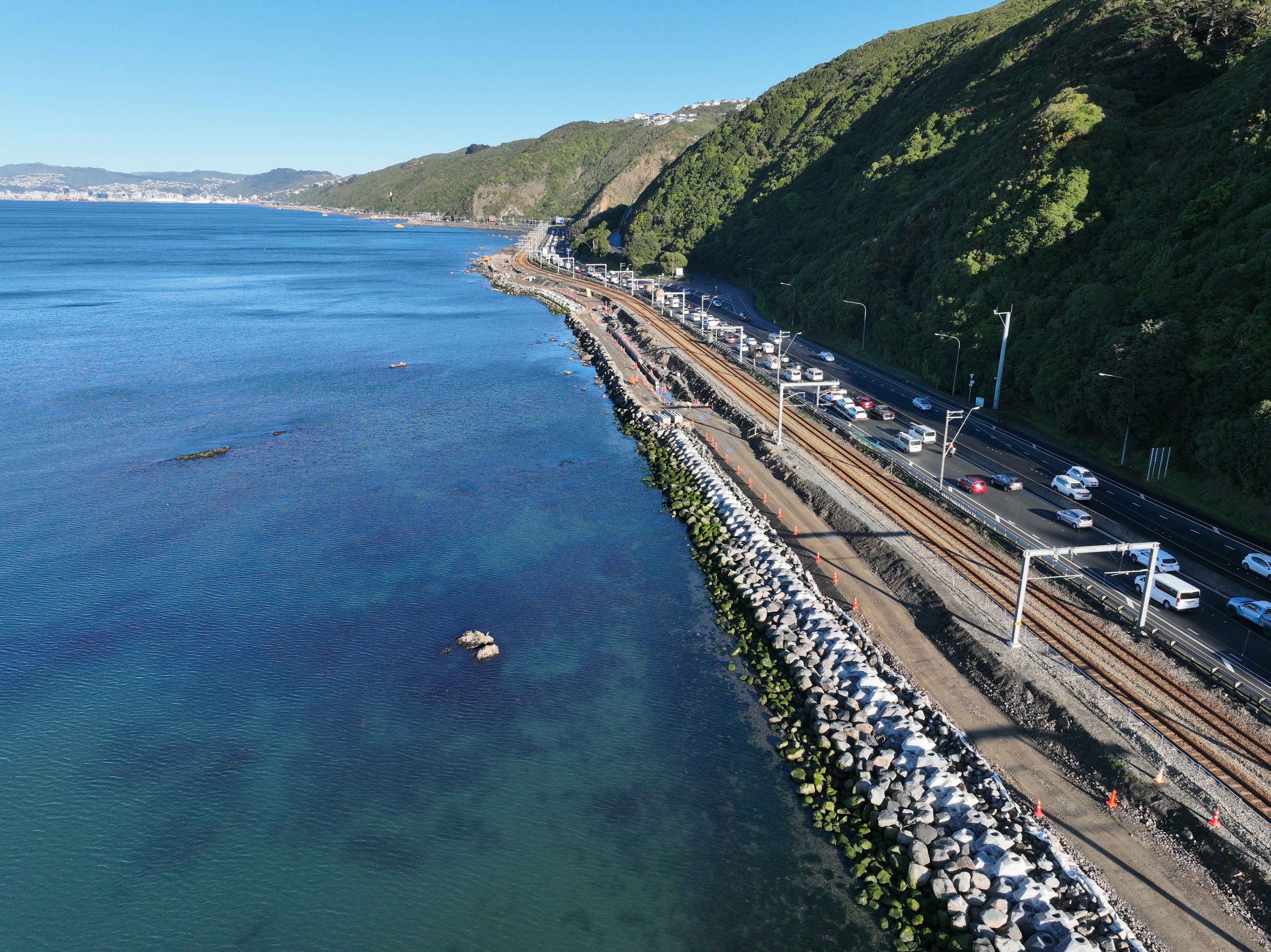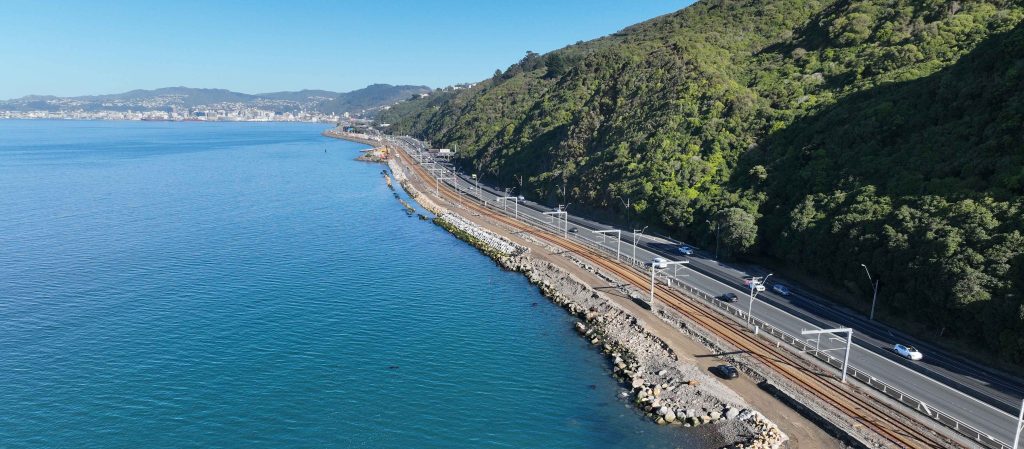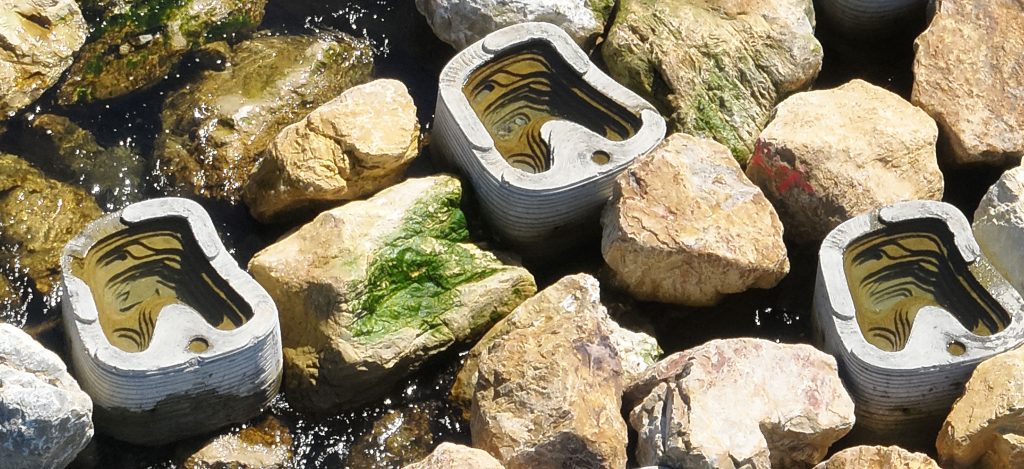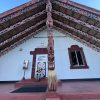Te Ara Tupua – Real-world systems thinking in infrastructure
New Zealand needs a long-term vision for infrastructure that extends beyond election cycles and incremental improvements made on a project-by-project basis.
Systems thinking must support this long-term vision. For infrastructure, that means recognising assets are not isolated — a road, a pipe, or a powerline — but part of complex, interdependent systems embedded in ecological, social, economic, and political contexts.
Te Ara Tupua — the seawall, embankment and shared path between Ngā Ūranga and Pito-One — is a real-world example of applying a systems view at a project level.
Centred in Te Ao Māori through iwi partners Taranaki Whānui and Ngāti Toa Rangatira, the project knits together:
- The cultural foundations of the project
- Shifting transport towards active modes (for example, walking and cycling)
- Public health and carbon reduction
- Interaction with the coastal protection system and long-term climate resilience
- Impact on urban form and land-use decisions over time
Key principles of systems thinking in infrastructure
Interconnectedness
Te Ara Tupua is not just a shared walking and cycling path — it is a coastal protection structure, a climate adaptation measure, a cultural expression, and a transport corridor. Its design interweaves active transport infrastructure with marine ecology, urban development, mana whenua partnerships, and the region’s strategic resilience.
Feedback loops
The project responds to and influences wider systemic forces, such as sea level rise, transport emissions, and urban movement between cities.
By shifting travel behaviours through safe walking and cycling infrastructure, it reduces vehicle emissions, contributing to climate targets, and reducing pressure on coastal environments.
Emergent behaviour
What began as a transport link has become a symbol of integrated infrastructure, supporting cultural revitalisation, new forms of coastal engagement, and shifting perceptions of what infrastructure can be.
When systems align with values, unexpected outcomes — such as increased community pride or strengthened iwi–crown relationships — emerge.
Non-linearity + delay
While benefits like mode shift and public health improvements may take years to show fully, the long-term impacts on land use, urban development, and resilience to coastal hazards are already being shaped. The decision to embed climate adaptation into a transport project acknowledges long timeframes and delayed feedback.
Multiple stakeholders, multiple perspectives
Te Ara Tupua’s success has relied on collaboration across iwi partners, central government, local authorities, engineers, ecologists, artists, and communities.
Its systems approach honours mātauranga Māori alongside technical expertise, ensuring a shared vision rooted in place and people. With over 24 iwi businesses engaged and more than $3 million invested in local suppliers, the project creates pathways into STEM careers through cadetships, scholarships, and a school programme focused on multi-modal transport.
Whole-of-life + circular thinking
The design is future-focused — with sea levels projected to rise over half a metre by 2075, the project responds to the changing climate, protecting State Highway 2 and the Hutt Valley rail line with seawalls and revetments.
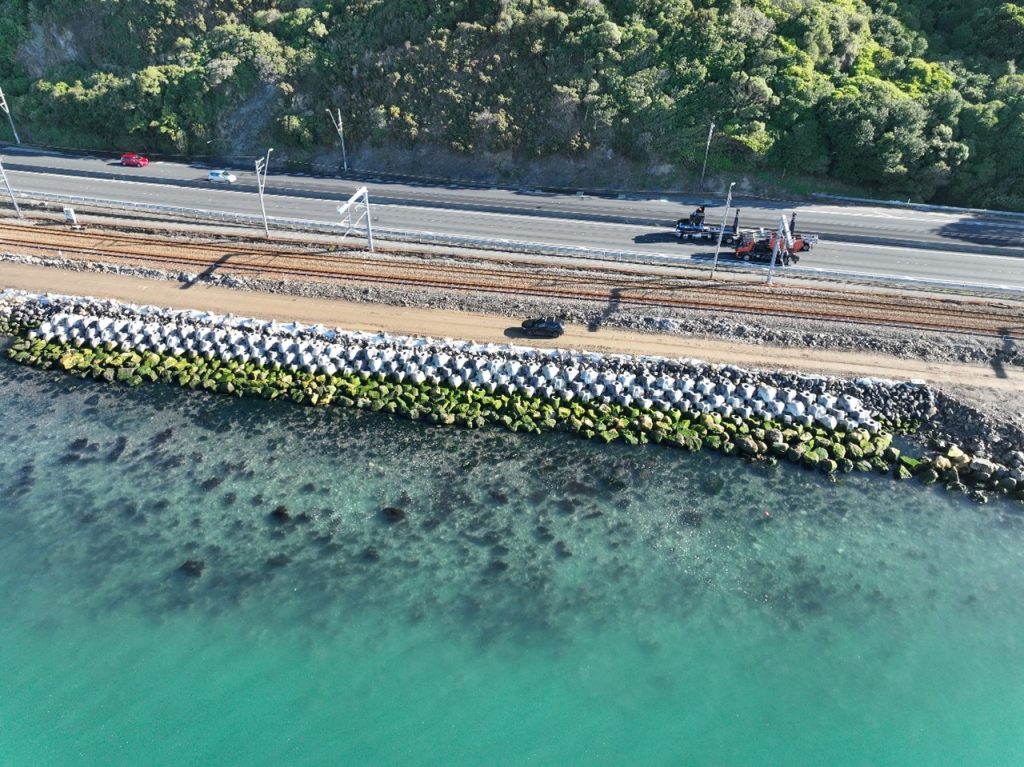
Using XBlocPlus units—a global first in seismic modelling for these structures—reduces emissions and enhances biodiversity through culturally informed design. It incorporates natural and built elements that reflect circular principles: regenerating habitats, restoring relationships, and creating enduring value across generations, not just asset lifespans.
“We’re not just building a pathway – we’re building a legacy of resilience. Te Ara Tupua shows how infrastructure can adapt to climate realities while honouring the whenua and its stories.” — Andrew Kennedy, Tonkin + Taylor Design Manager
The name Te Ara Tupua (The Ancient Pathway), given by Kura Moeahu of Taranaki Whānui, acknowledges the guardians of the harbour (tupua) Ngāke and Whātaitai. This cultural foundation is woven into every aspect of the project, from ūranga (arrival places) design, to reef restoration and sculptural elements by local Māori artists.
Te Ara Tupua – Infrastructure as legacy
In the context of systems thinking, infrastructure is more than just physical assets — it reflects the values, priorities, and foresight of those who design and maintain it. It embodies the principle of emergence, where planners, communities, and policymakers’ collective decisions shape outcomes far beyond immediate utility.
Infrastructure becomes a legacy when designed with interconnectedness, long-term feedback loops, and leverage points in mind, serving current needs, and anticipating future challenges and opportunities.
By applying systems thinking, we recognise that infrastructure influences social equity, environmental resilience, and economic vitality. Its impacts ripple across generations, reinforcing the importance of holistic planning, adaptive design, and inclusive engagement. Ultimately, infrastructure as legacy is about creating systems that honour the past, serve the present, and empower the future.
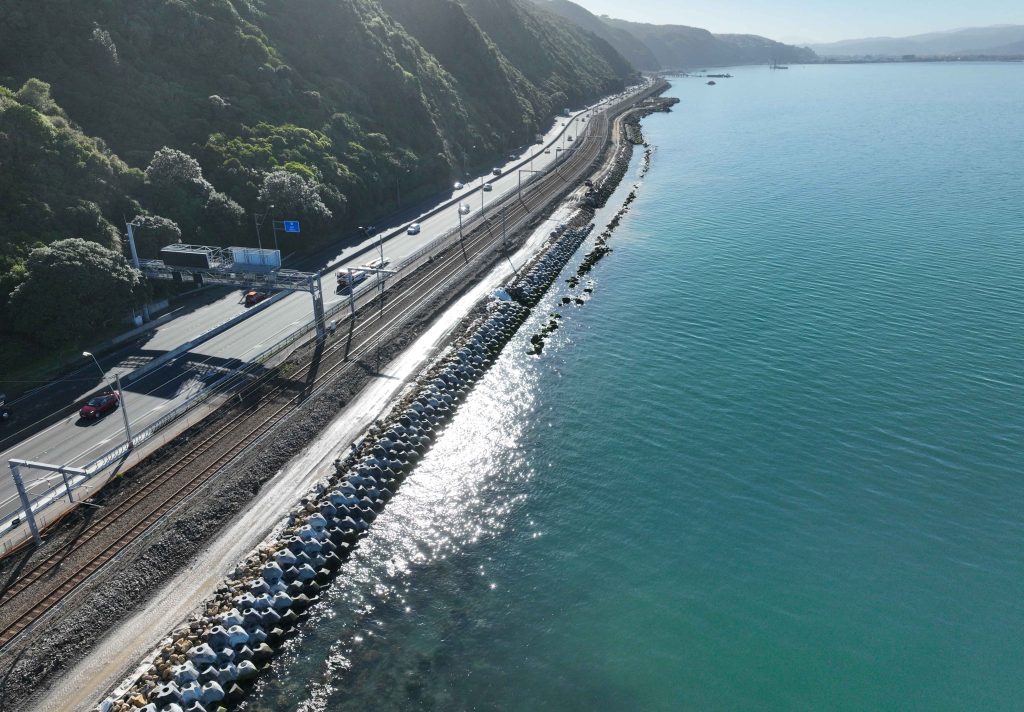
Tonkin + Taylor is part of the Te Ara Tupua Alliance delivering the Ngā Ūranga ki Pito-One section of Te Ara Tupua, alongside Waka Kotahi NZ Transport Agency, Downer NZ, and HEB Construction.
This project recently won International Transportation Project of the Year
Read more about the services provided by Tonkin + Taylor on Te Ara Tupua Shared Cycle and Walkway



